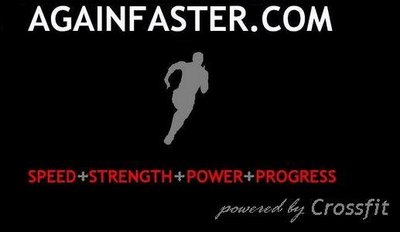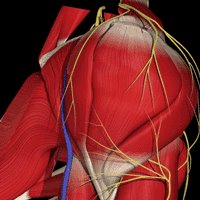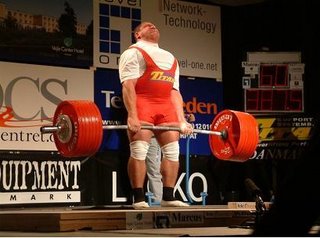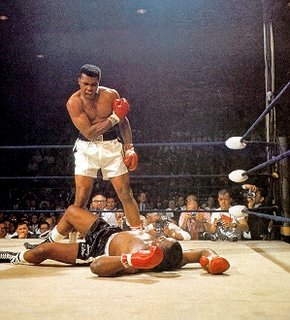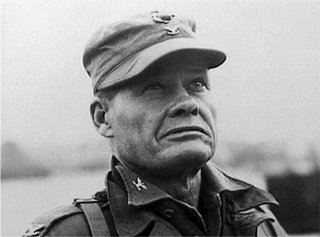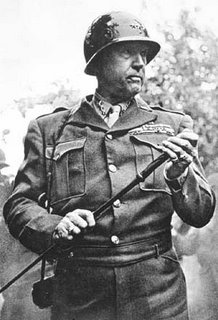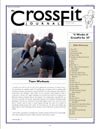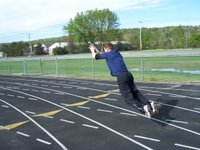
I’ve been reading a lot of “adventure journalism” lately. This is the type of real-life story where the protagonist engages in an activity where the most likely outcome is death or severe injury. The author goes to great pains to embellish the difficulty of whatever stunt is undertaken, and to describe how successful completion will establish the immortality of the participants for the next ten thousand years or so.
This stuff sticks in your head.
I’ll sit at my desk at work, really a glorified cubicle with gold-plated trim and painted-on wood grain, and wonder where I went wrong. Clearly I should be standing atop a mountain in some unpronounceable location rather than opening checking accounts for Boston’s upper crust. This pointless daydreaming combined with endless readings of rock climbing’s grand liars only leads in one direction—calculated stupidity.
To date I’ve engaged in the simplest, safest, and most popular variety of rock climbing—top-roping. This is the go-fish of climbing; two minutes of training, and anyone can do it. The simplicity of the affair is what got me in trouble.
You scramble to the top of some cliff, bypassing anything close to vertical, and set an anchor. The anchor consists of webbing, rope, and carabiners thrown together with just enough forethought to keep the climber from plummeting off the pitch. A climbing rope is passed through the anchor, and both ends are sent to the ground. The soon-to-be climber ties into one end, and the belayer takes the other end, passing it through a friction device and gathering the excess rope as the climber ascends.
None of this is complicated—the party doesn’t need much specialized equipment, and falls have the same drama as visiting your great-grandmother for milk and cookies. It’s easy to get complacent in this kind of scenario, assuming that anything that can go wrong begins and ends with the anchor.
After two days of Thanksgiving excess, things get kind of boring for the ADD set. My brother and I decided that we had to do something, and eating the rest of the apple pie wasn’t going to cut it.
Western New Hampshire isn’t exactly a hotbed of adventure activity—we’re far from the excitement of the White Mountains, and the whitewater of the Connecticut River runs like a cold shower. Lack of snow precluded any form of downhill schussing, and you can only shoot so many inanimate objects. Nonetheless, an enterprising team can always find some form of semi-legal entertainment.
We found ourselves tramping under the power lines just off of Interstate 89, trekking toward an abandoned gravel quarry we usually pass at eighty miles an hour.
This quarry is really a pit, three walls of overhung shale and talus and other forms of geologic refuse. Nearly every inch of rock is covered with flowing water and chunks of fragile ice, the seasonal byproduct of the sun never reaching the steep walls.
We found one section of more-or-less dry rock, and proceeded to set an anchor over it. The constant drip of water combined with the roar of the Interstate makes it impossible to hear anything save your own panting, and our attempts to establish the location of the route from above were absurdly comical.
Ten minutes of incoherent screaming put us at the top of a steep pitch of detritus. The ground atop the cliff was angled toward the chasm at thirty-five degrees, and I wasn’t about to go anywhere near the edge without protection.
As Sam watched from below, Tristan and I rigged up a haphazard belay system, wrapping our rope around a tree, tying one end to the back of my harness and running the other through my friction device. I rappel-slash-lowered to the edge, and scoped out the line.
There wasn’t much in the way of natural anchors, just young, malnourished trees suffering from a half-hour of daily sun exposure. I found two trees that looked slightly overfed, and put together an anchor using our static rope. This process was much like building the Taj Mahal out of Legos or robots from chopsticks, and it took the greater part of an hour.
Sixty minutes gone, Tristan tied in for the first attempt.
Five feet up, the stupidity of our venture became clear. The rock had the integrity of beach sand. Standing on the ground, belay rope in hand, I knew exactly how the fine folks in Dresden felt in February of 1945. Shale crashed all around me, hitting the ground with spectacular thwacks.
Rock climbing convention dictates that the climber yell, “Rock!” whenever something falls from the face, giving ground-dwellers some time to duck and cover. Tristan would’ve gone hoarse if he’d even bothered.
Samantha moved back from the pitch while I cowered behind the largest tree in sight, a six-inch oak tree that afforded the relative protection of a wet paper bag. Formerly a devout atheist, I found God behind that tree. My knuckles were snow-white against the orange belay rope, my crushing grip maintained through a combination of fear and new-found piety.
Fifteen feet off the ground, Tristan ran into an insurmountable obstacle—more shale. All the punching, kicking, and pulling in the world wasn’t going to move him up the rock, the heretofore compliant stone refusing to budge an inch. After an enlightening bit of swearing, I lowered him to the ground.
Having conveniently left my rock shoes in Massachusetts, I continued my role as Head Belay Slave. Samantha tied in for the climb, glad to be moving after an hour of silently observing our collective incompetence. Like Tristan, she moved up to the insurmountable section, alternately casting stone on our heads and traversing across the face in search of a means of elevation. The rope ripped back and forth across a thin ledge as she moved, blanketing the ground with torrents of dirt.
I was contemplating the merits of planting a flower garden in a lightless void when Sam called down to be lowered.
My left hand was incredibly swollen from a wood-splitting mishap the day before, and it was feeling more claw-like with each passing minute. In a moment of intense focus, I’d slammed the handle of my maul into a log, sending earthquake-esque reverberations through my arm and blowing up my hand. Now at risk of dropping the next climber and severely compromising my social life, I dutifully passed on my belay duties.
Water cascaded off the overhanging face, dripping on Tristan’s head as he attempted a new path around the uncooperative section of rock. Rotten slate crumbled in his hand as he attacked the corner, hitting the ground in cacophonous concert with the icicles dropping from the surrounding cliff. I covered my head at the sound of every fall, more and more concerned for the integrity of my skull.
Sam held Tristan in place as the rock disintegrated around him, striking a balance between watching his attempt and subtly inching further away from the face. After fifteen minutes of flailing at the wall, Tristan called it quits, joining us on the ground for a game of dodge-the-debris.
He switched roles with Samantha, taking the belay while I hid in the nearby undergrowth. Sam scrambled up to the crux, clearing the previous high-point. Three meters further, she dropped a softball-sized rock into her lap, giggling at the novelty of a good rock pelting.
Unphased, she reached the summit with the intention of topping out, pulling the anchor, and reclaiming our gear from its roadside perch. I ran up the side of the cliff to untangle my arts-and-crafts style anchor, sure that Sam would be unable to decipher its ridiculous complexity.
Three-quarters of the way up the path, I heard a resounding crash. I yelled down to Sam, receiving garbled screams in reply. Unable to make out the message over the roar of the Interstate but realizing Sam was on the ground, I pulled the top-rope and began ripping down the anchor. Meter after meter of orange cord passed over my shoulders, a shock of white disrupting its otherwise uniform surface.
Twenty feet above the tie-in, the rope was nearly sheared through.
The implications hit me hard. One more fall, one more moment traversing the crux, one more climber, one more anything, and one of my dearest friends would’ve been dead. The blood instantly drained from my face, feelings of elation and terror competing for my attention. We were lucky. The rope hadn’t snapped, and sweet Samantha was on the ground.
Jesus Christ Almighty. The rope hadn’t snapped.
Pictures of the rope zipping back and forth across the thin slate clouded my vision. Why the hell hadn’t I done anything? I'd let Sam and Tristan flip that rope across a sharp ledge upwards of fifteen times, never thinking of the damage. Hell, I’d set up the climb.
At the bottom, Sam and Tristan greeted me with wide eyes. Tristan pointed at a boulder lodged against his belay station while Sam explained its provenance. A few minutes earlier she had reached above the cliff to top out, finding a handhold among the talus. As she pulled, she dislodged several huge rocks.
The crash I’d heard was the debris hitting the earth, sending Tristan diving for cover.
Miraculously, he’d managed to avoid the barrage while maintaining his hold on the belay rope. A single blow would’ve killed them both, Sam’s security dependent on Tristan’s unyielding grip. A foot to the right, and I would've been attending a funeral.
Adventure journalism is the stuff you read in the comfort of your own home, living vicariously through the exploits of some bearded hero-type. It involves daring escapes, life-or-death situations, and skin-of-the-teeth shots at greatness. It doesn’t cover day-long top-roping trips with mundane payoffs. Those are too safe, too simple, and too damn boring to see print.
Western New Hampshire has a new rock climbing route. It’s called “Tempting Fate”. I don’t think we’ll be going back anytime soon, and the guidebook isn’t in line for publication.
Next time I’m sitting at my desk, dreaming of adventure, I’m going to take a minute or two to reflect on our luck. Maybe the top of the mountain isn’t so great after all.
Picture courtesy of interstate-guide.com.
